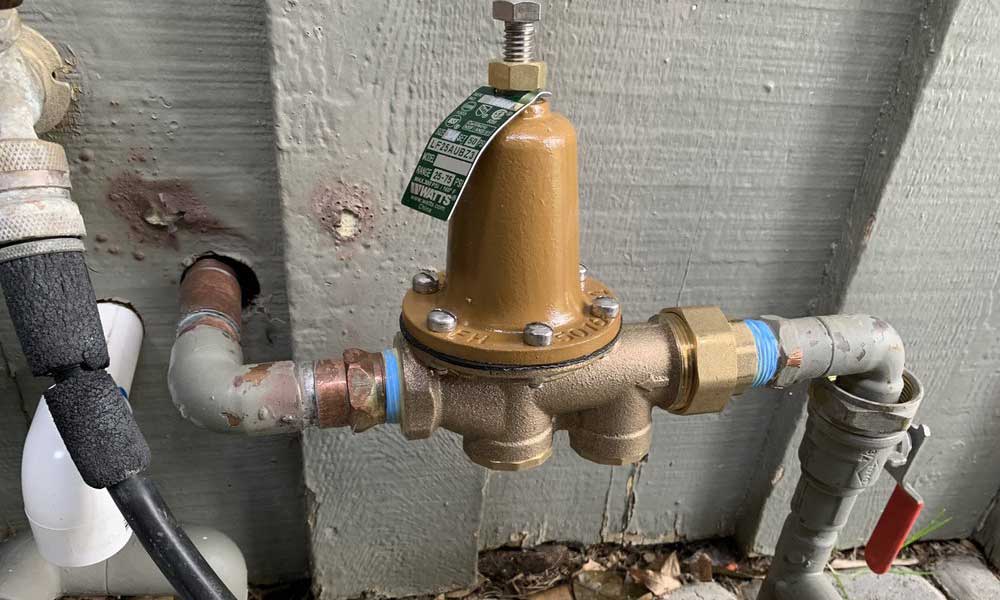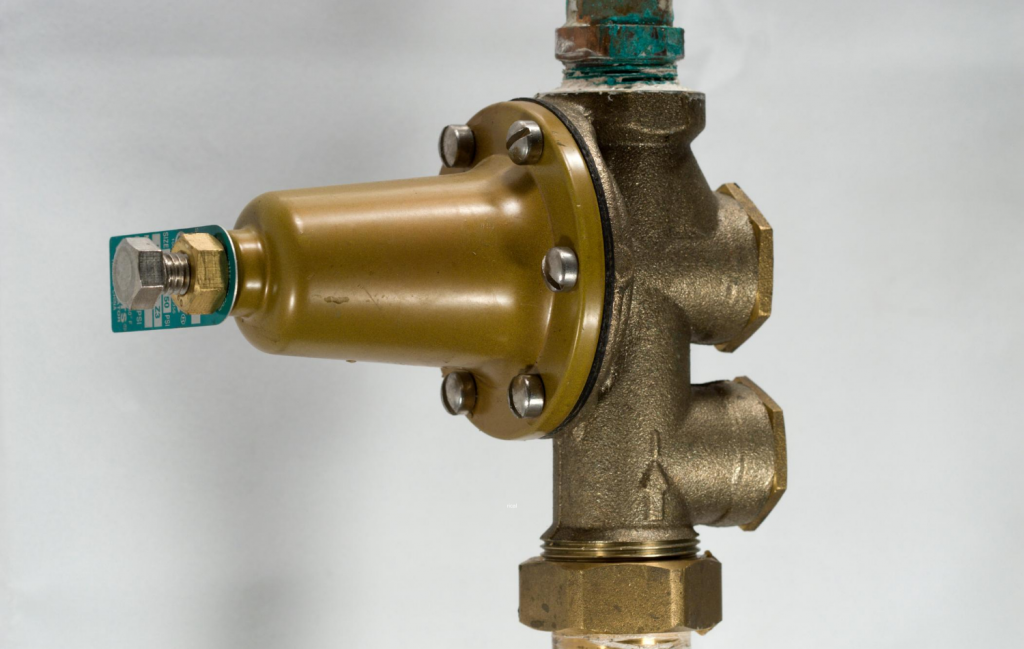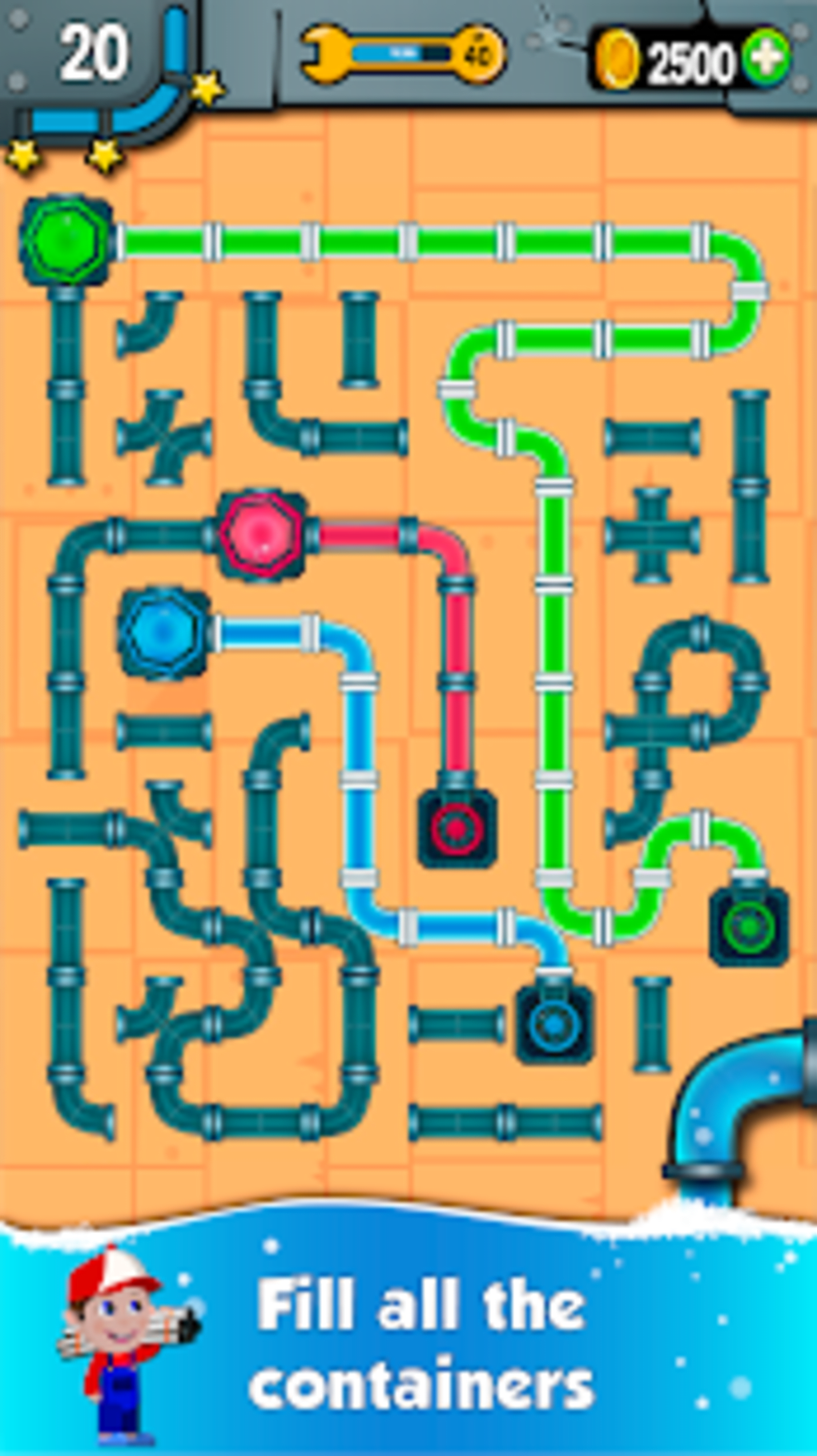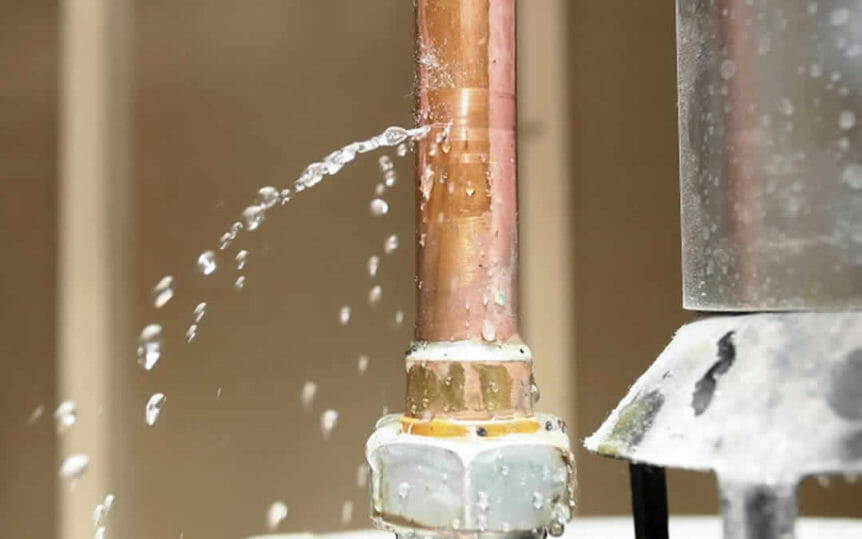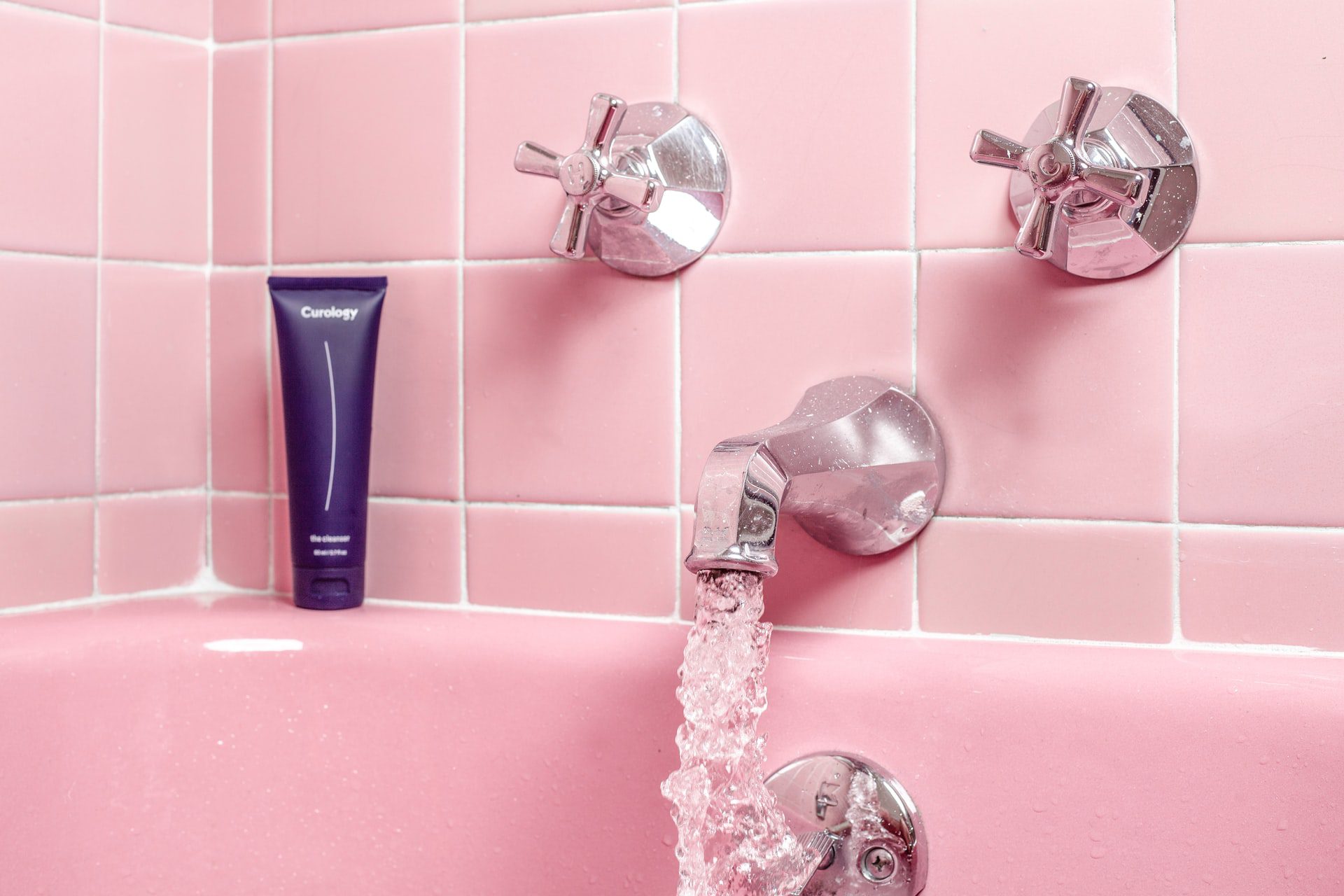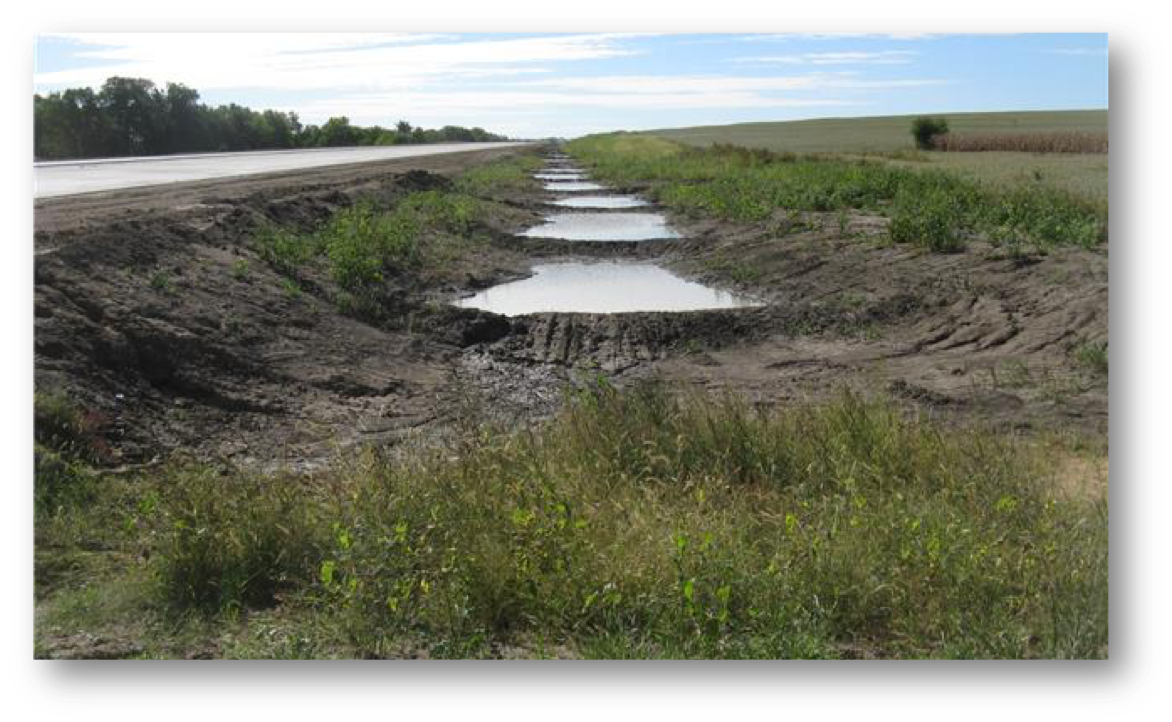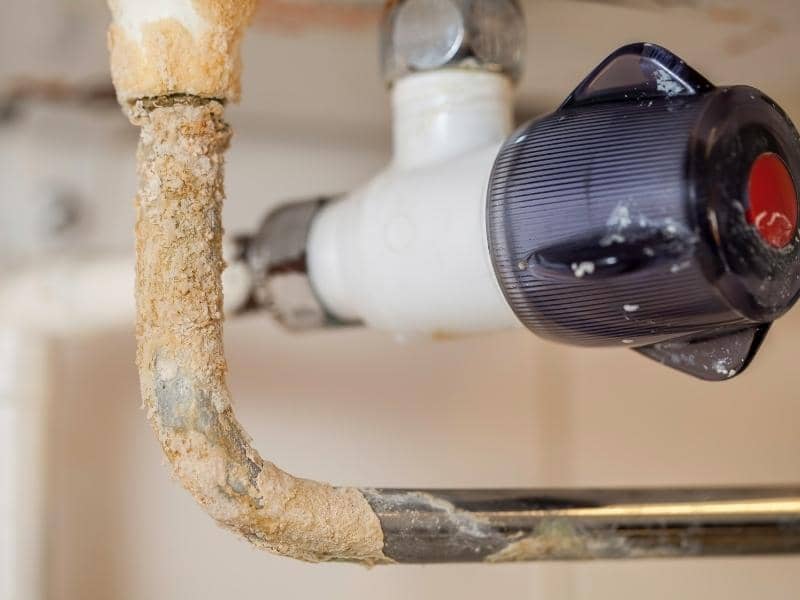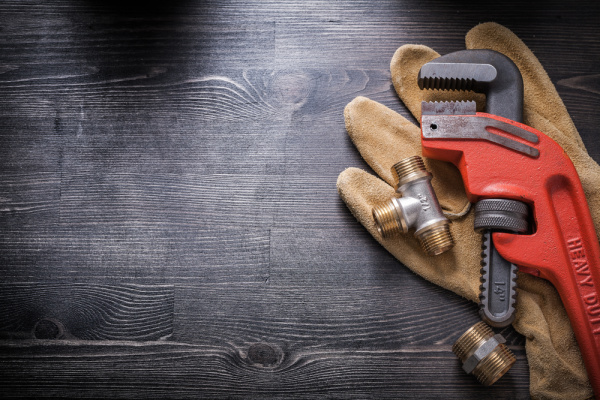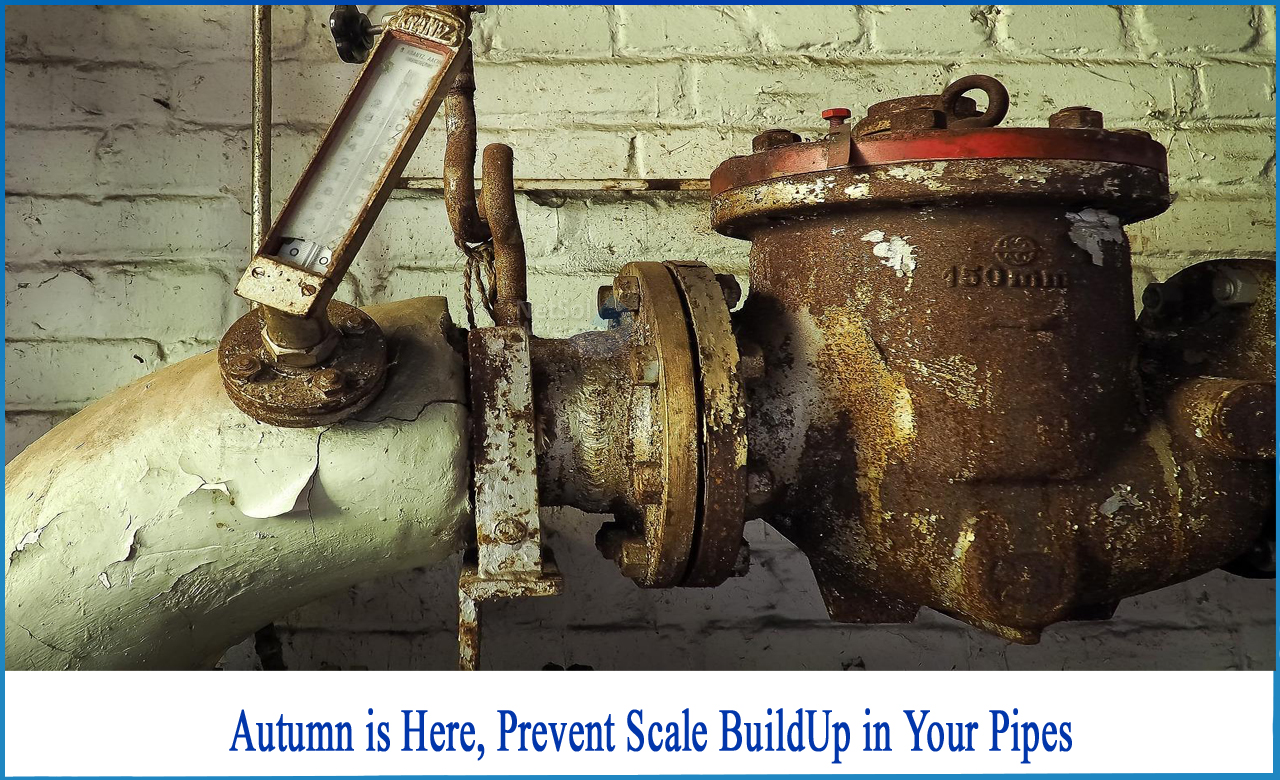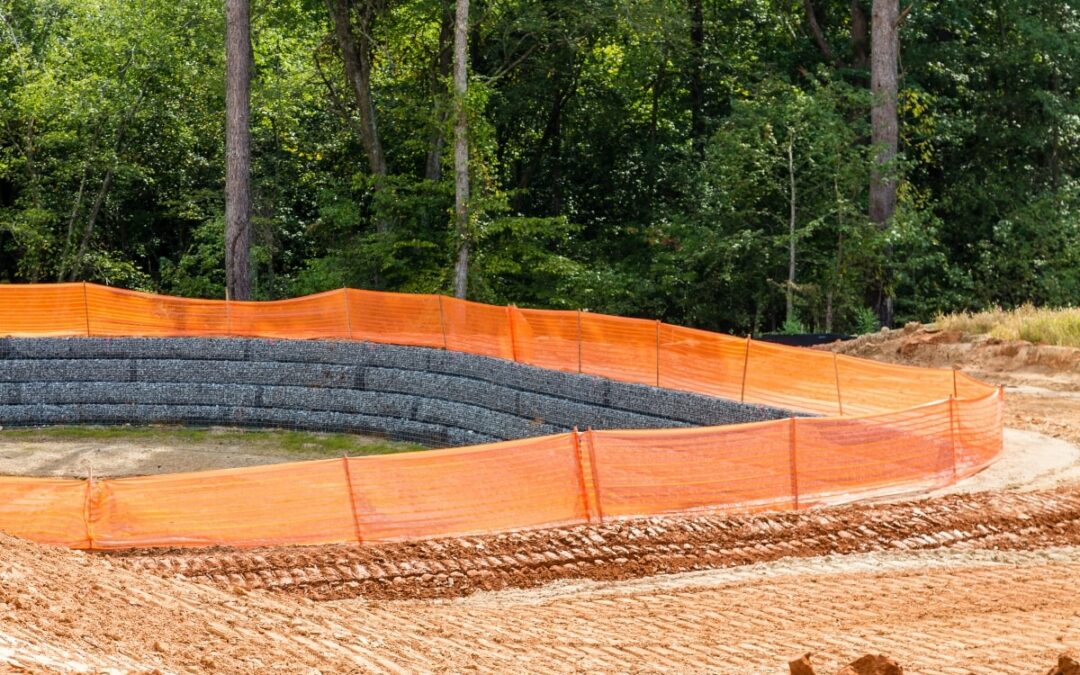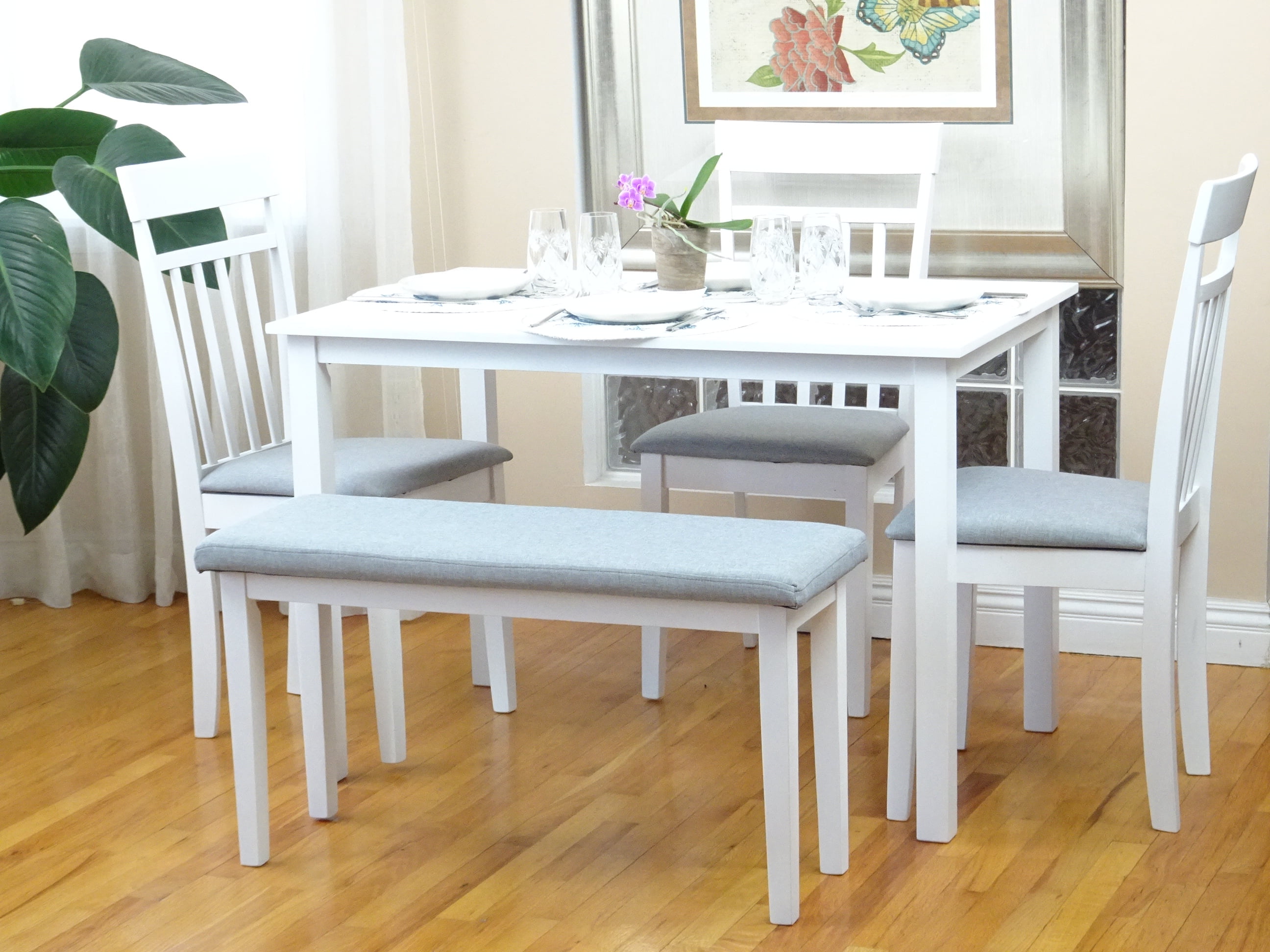If you're experiencing low water pressure in your kitchen sink, the first thing you should do is check the aerator. This small device at the end of your faucet can often become clogged with debris or mineral deposits, which can restrict the flow of water. To check the aerator, simply unscrew it from the faucet and inspect it for any buildup. If you see debris or deposits, clean it out and reattach it to the faucet.1. Check the aerator
If you've checked the aerator and found it to be clogged, it's important to thoroughly clean it. You can do this by soaking it in a mixture of equal parts water and vinegar for about an hour. After soaking, use a small brush or toothbrush to scrub away any remaining debris. Rinse the aerator with water and reattach it to the faucet.2. Clean the aerator
The shut-off valve is the main valve that controls the flow of water to your kitchen sink. If this valve is partially closed or malfunctioning, it can lead to low water pressure. Check to make sure the valve is fully open and functioning properly. If it's not, you may need to replace it.3. Check the shut-off valve
The water supply line is the pipe that brings water into your home from the main water supply. If there is a kink or blockage in the supply line, it can lead to low water pressure in your kitchen sink. Check the supply line for any obstructions or damage and replace it if necessary.4. Check the water supply line
Clogs in the pipes can also cause low water pressure. If you have an older home, it's possible that your pipes have become clogged with debris or mineral deposits over time. You can try using a plumbing snake to clear any clogs, or call a professional plumber for assistance.5. Check for clogs in the pipes
The water pressure regulator is responsible for regulating the water pressure in your home. If it's not functioning properly, it can lead to low water pressure in your kitchen sink. Check the regulator and make sure it's set to the appropriate pressure for your home. If it's not, adjust it accordingly or replace it if necessary.6. Check the water pressure regulator
Even small leaks in your pipes can lead to low water pressure. Inspect all visible pipes under your sink for any signs of leaks, such as water stains or dripping. If you find a leak, it's important to fix it as soon as possible to prevent further damage and restore water pressure.7. Check for leaks in the pipes
If your kitchen sink only has low water pressure when using hot water, the issue may be with your water heater. Sediment buildup in the tank can restrict water flow, so it's important to regularly flush your water heater to prevent this. You may also need to replace your water heater if it's old and worn out.8. Check the water heater
Over time, sediment can build up in your pipes and restrict the flow of water. This is especially common in areas with hard water. If you suspect this is the cause of your low water pressure, you can try flushing your pipes with a mixture of water and vinegar to remove the sediment.9. Check for sediment buildup in the pipes
If you've tried all of the above solutions and still have low water pressure in your kitchen sink, it's time to call a professional plumber. They will have the necessary tools and expertise to diagnose and fix the issue, ensuring your kitchen sink has adequate water pressure once again. Don't let low water pressure in your kitchen sink disrupt your daily routine. By following these tips and seeking professional help when needed, you can resolve the issue and enjoy a fully functional kitchen sink once again. Remember to regularly check and maintain your plumbing to prevent future problems.10. Call a plumber for professional help
Possible Causes of Low Water Pressure in the Kitchen Sink Cold Water

1. Clogged Pipes
 One of the most common reasons for low water pressure in the kitchen sink cold water is clogged pipes. Over time, debris, minerals, and other sediment can build up in the pipes, restricting the flow of water. This can be especially true in older homes with galvanized pipes, as they are more prone to corrosion and buildup. In order to fix this issue, it is important to regularly clean and maintain your pipes to prevent clogs from occurring.
One of the most common reasons for low water pressure in the kitchen sink cold water is clogged pipes. Over time, debris, minerals, and other sediment can build up in the pipes, restricting the flow of water. This can be especially true in older homes with galvanized pipes, as they are more prone to corrosion and buildup. In order to fix this issue, it is important to regularly clean and maintain your pipes to prevent clogs from occurring.
2. Faulty or Old Plumbing Fixtures
 Another possible cause of low water pressure in the kitchen sink cold water is faulty or old plumbing fixtures. If your sink is equipped with low-quality or outdated fixtures, they may not be able to deliver the necessary water pressure. In some cases, the fixtures may also be damaged or worn out, resulting in a decrease in water flow. Upgrading to newer, high-quality fixtures can help improve the water pressure in your kitchen sink.
Another possible cause of low water pressure in the kitchen sink cold water is faulty or old plumbing fixtures. If your sink is equipped with low-quality or outdated fixtures, they may not be able to deliver the necessary water pressure. In some cases, the fixtures may also be damaged or worn out, resulting in a decrease in water flow. Upgrading to newer, high-quality fixtures can help improve the water pressure in your kitchen sink.
3. Problems with the Water Supply
 In some cases, the issue may not lie within your home's plumbing, but rather with the water supply itself. Municipal water systems can experience problems that can cause a decrease in water pressure, such as main line breaks or high demand during peak usage times. If you are experiencing low water pressure in your kitchen sink, it may be worth checking with your local water provider to see if there are any known issues in your area.
In some cases, the issue may not lie within your home's plumbing, but rather with the water supply itself. Municipal water systems can experience problems that can cause a decrease in water pressure, such as main line breaks or high demand during peak usage times. If you are experiencing low water pressure in your kitchen sink, it may be worth checking with your local water provider to see if there are any known issues in your area.
How to Fix Low Water Pressure in the Kitchen Sink Cold Water
 If you are experiencing low water pressure in your kitchen sink cold water, there are a few steps you can take to try and fix the issue. First, check to see if the problem is isolated to just your sink or if it affects other fixtures in your home as well. If it is just your sink, try cleaning out the aerator or removing any clogs from the pipes. If the issue persists, it may be time to upgrade your plumbing fixtures or consult a professional plumber for further assistance.
In conclusion, low water pressure in the kitchen sink cold water can be caused by a variety of factors such as clogged pipes, faulty plumbing fixtures, or issues with the water supply. By identifying the source of the problem, you can take the necessary steps to improve the water pressure in your kitchen sink and ensure a smooth and efficient flow of water in your home. Remember to regularly maintain your pipes and plumbing fixtures to prevent future issues and always consult a professional if you are unsure of how to fix the problem.
If you are experiencing low water pressure in your kitchen sink cold water, there are a few steps you can take to try and fix the issue. First, check to see if the problem is isolated to just your sink or if it affects other fixtures in your home as well. If it is just your sink, try cleaning out the aerator or removing any clogs from the pipes. If the issue persists, it may be time to upgrade your plumbing fixtures or consult a professional plumber for further assistance.
In conclusion, low water pressure in the kitchen sink cold water can be caused by a variety of factors such as clogged pipes, faulty plumbing fixtures, or issues with the water supply. By identifying the source of the problem, you can take the necessary steps to improve the water pressure in your kitchen sink and ensure a smooth and efficient flow of water in your home. Remember to regularly maintain your pipes and plumbing fixtures to prevent future issues and always consult a professional if you are unsure of how to fix the problem.






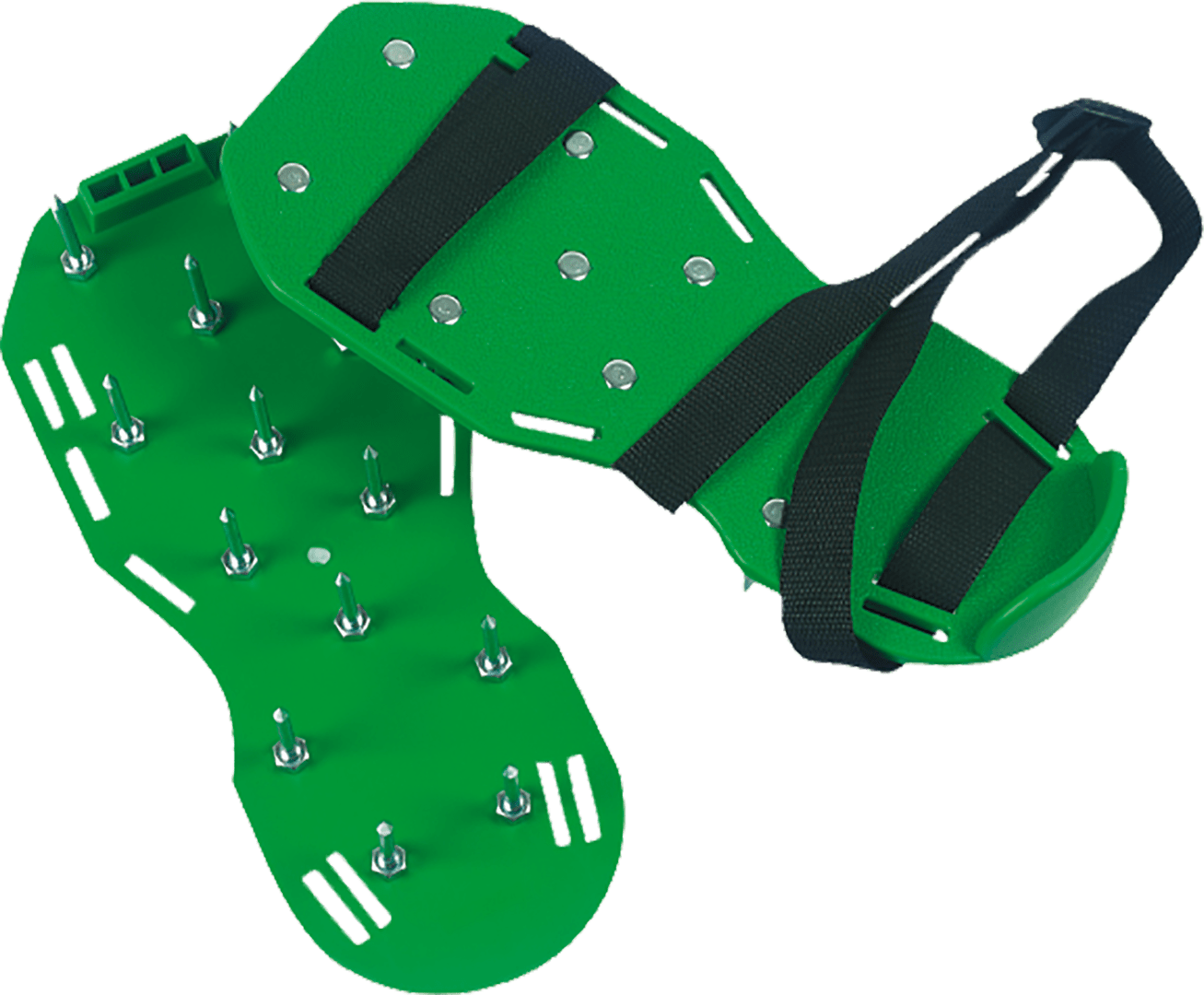




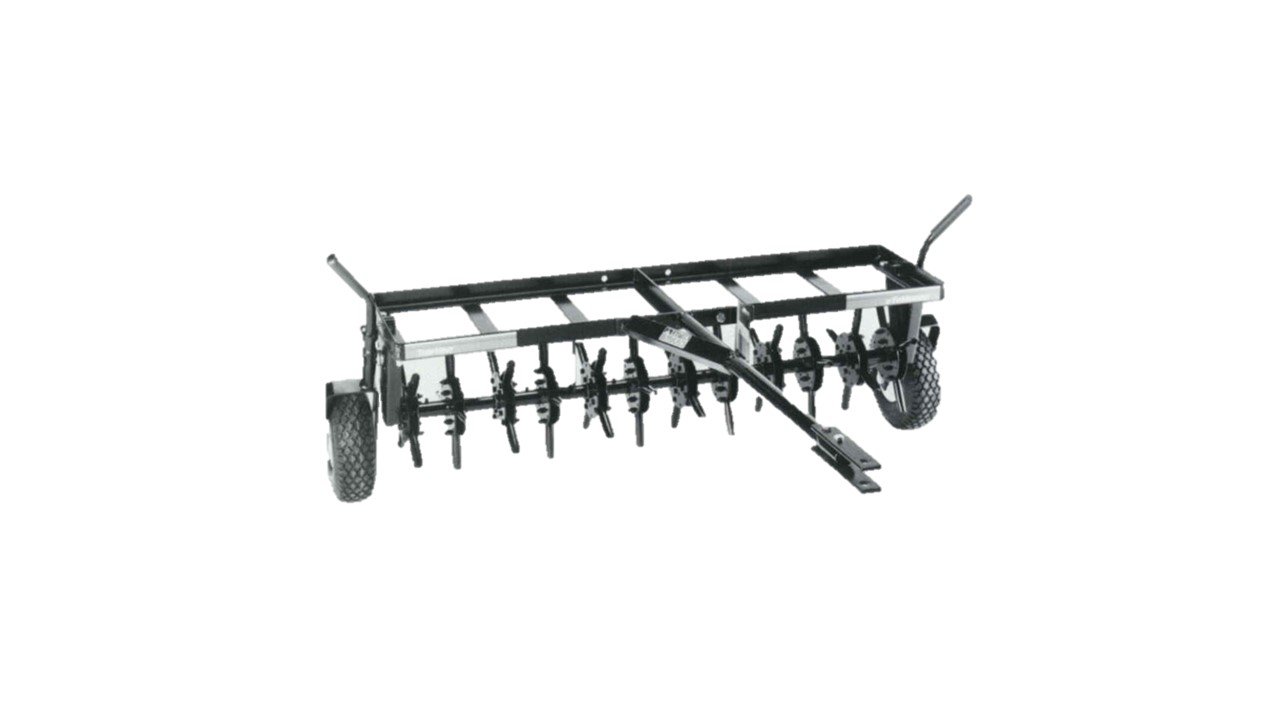
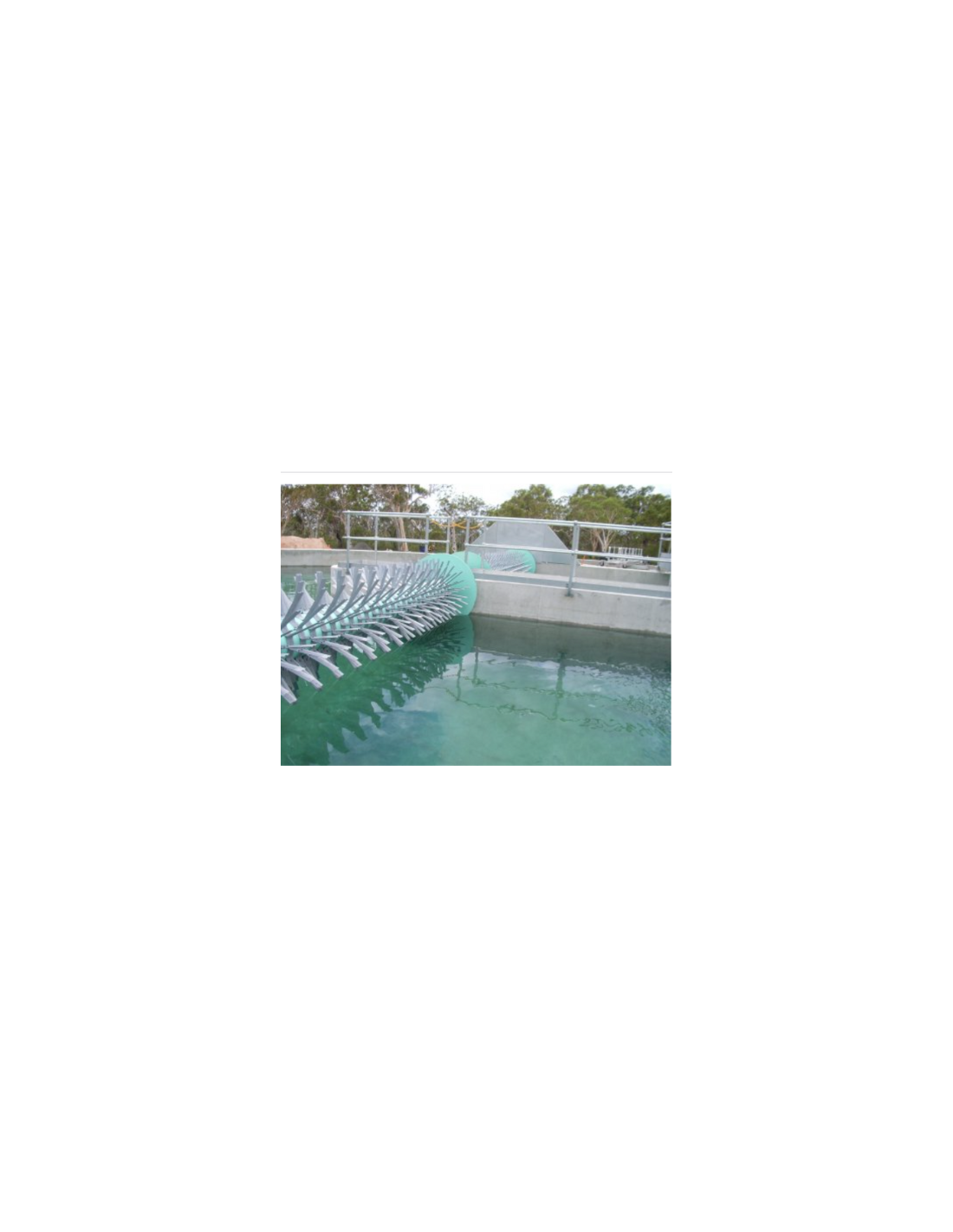




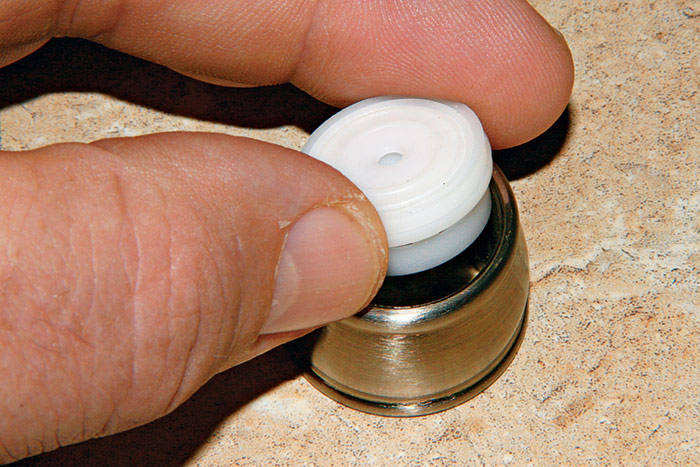
:max_bytes(150000):strip_icc()/clearing-a-blocked-faucet-aerator-2718807-07-b5a90554991f4bb69efb45a472df7f23.jpg)
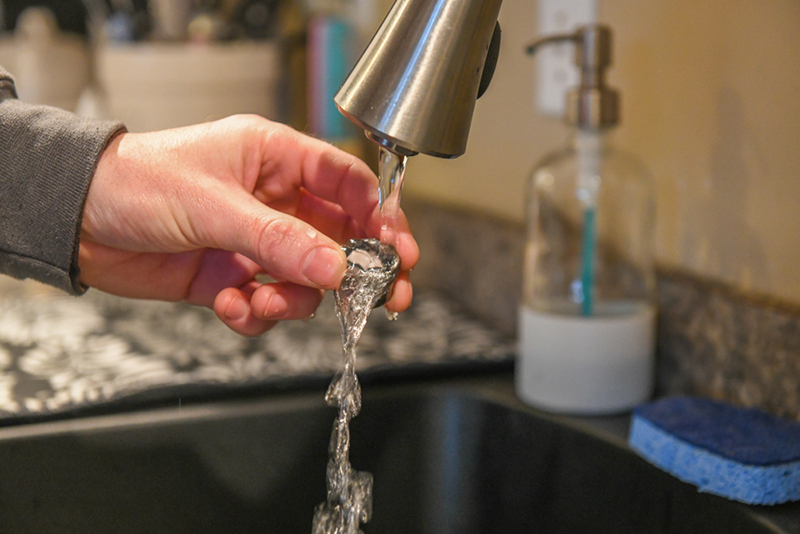




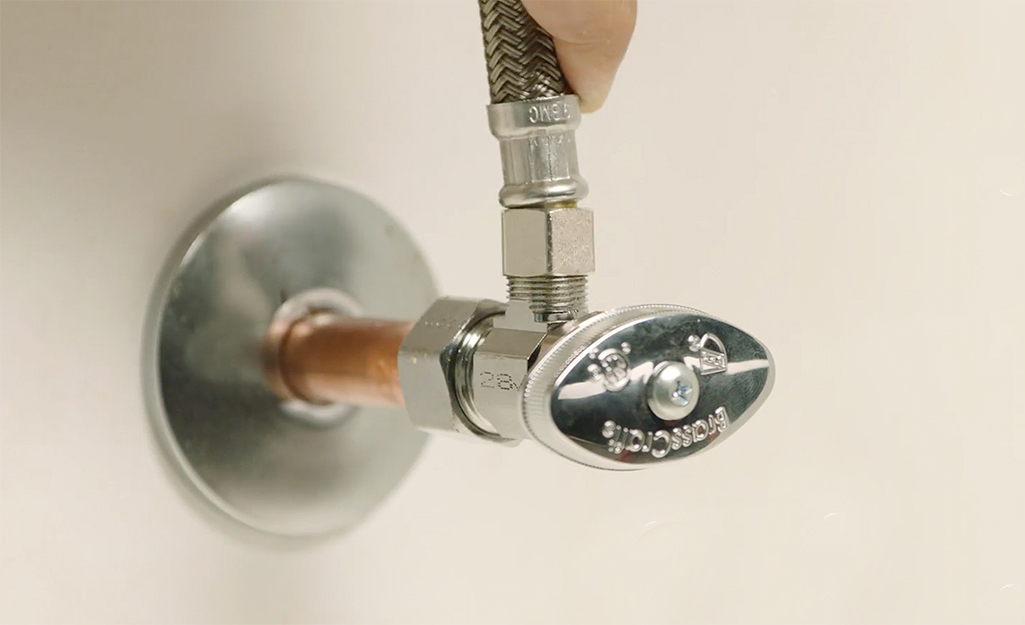
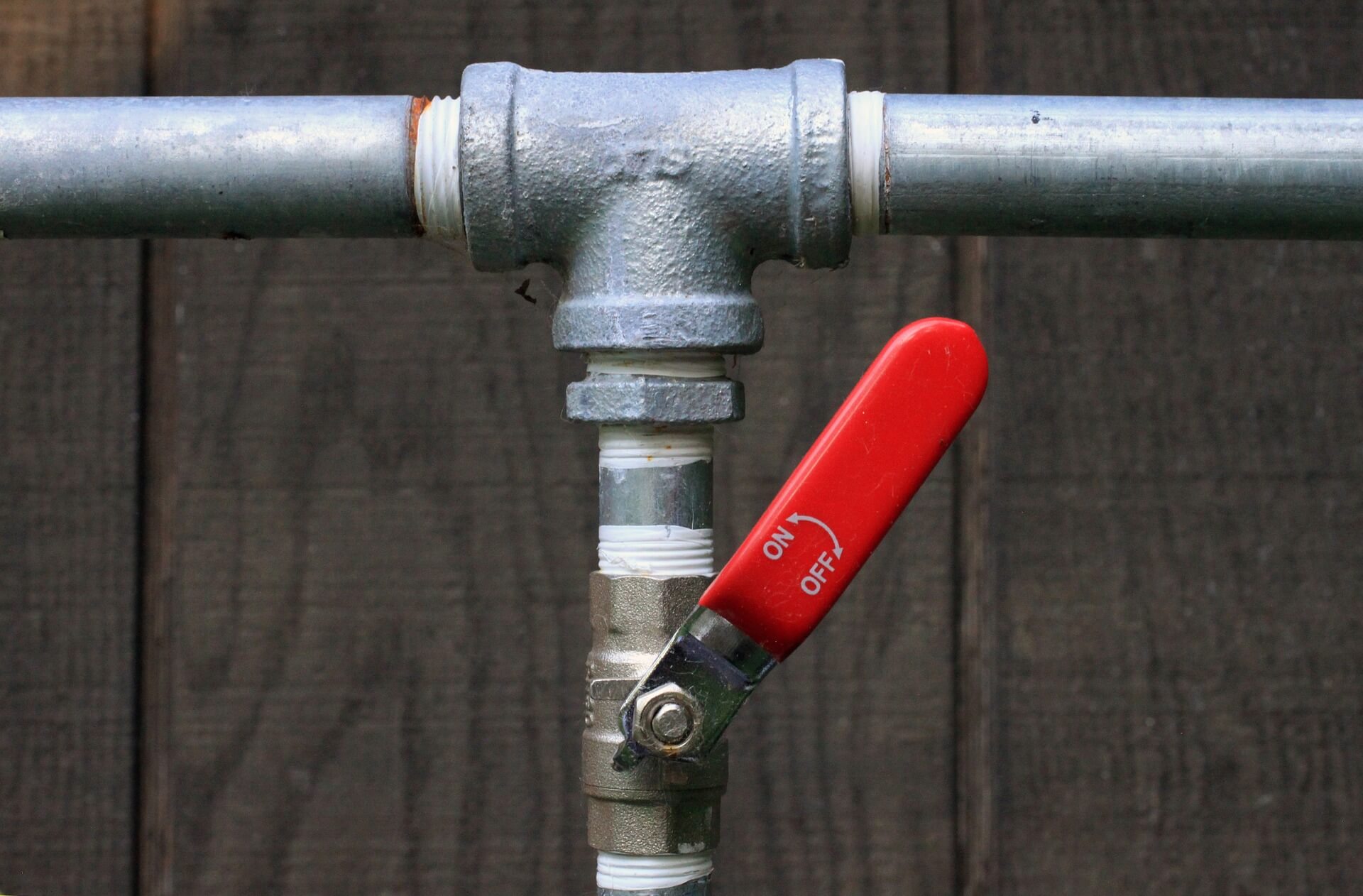
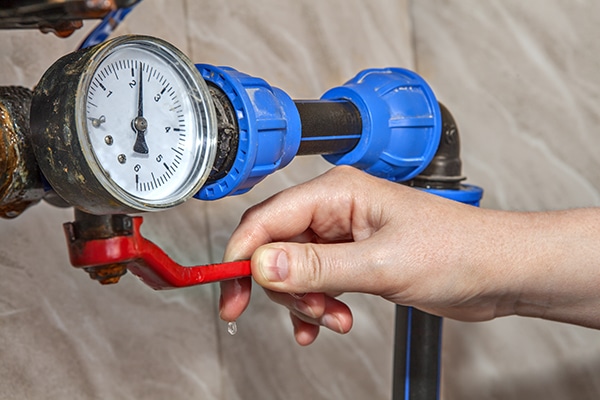


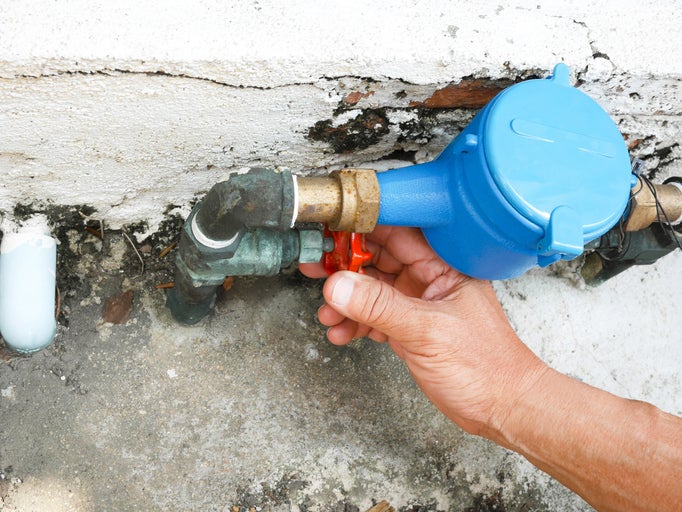
:max_bytes(150000):strip_icc()/water-shut-off-valve-types-2718739-02-431bc79d943a40eaaaa731c4e1f0791d.jpg)

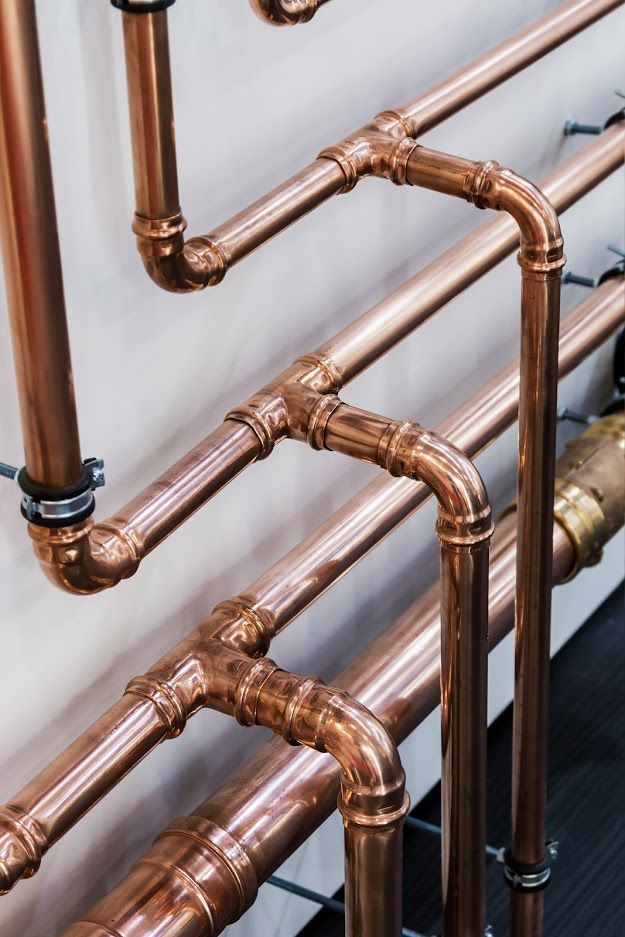





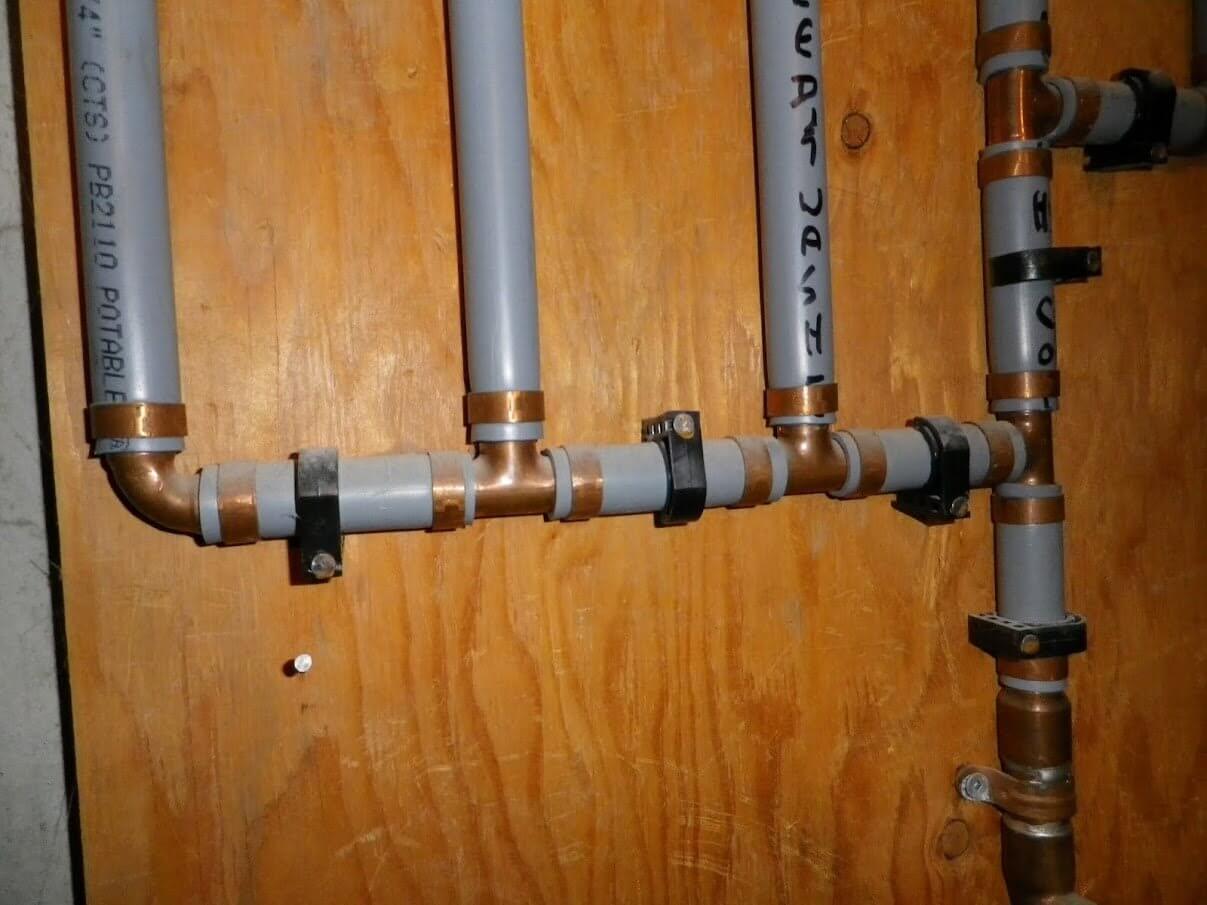








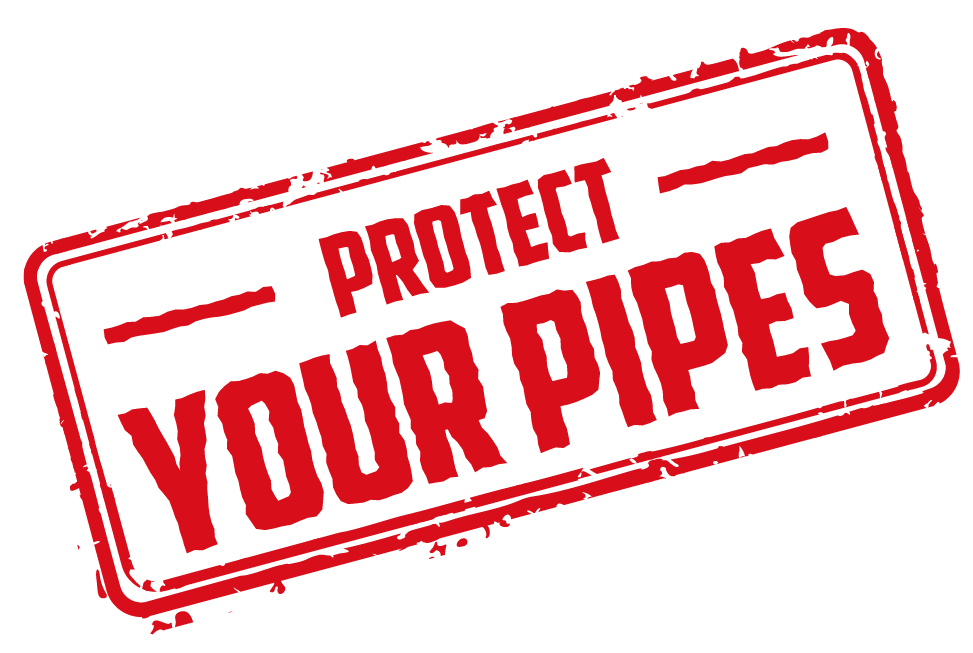







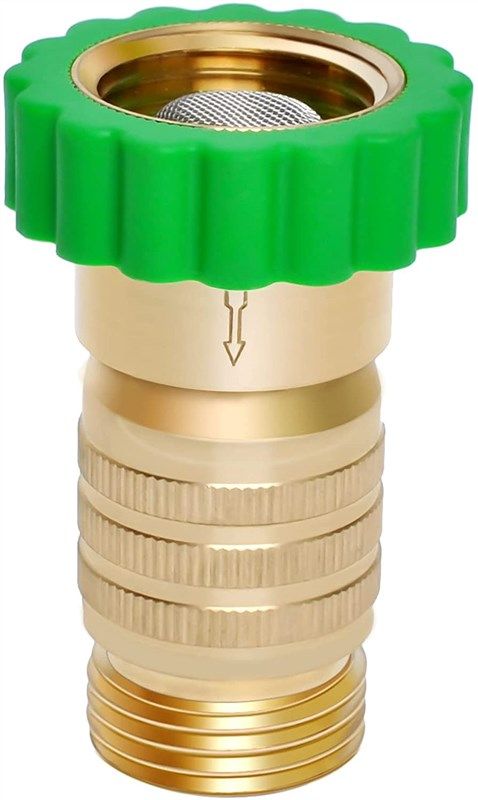



:max_bytes(150000):strip_icc()/the-men-s-hand-opens-the-ball-valve-on-the-collector-1006810456-5c5fc73fc9e77c000159c4af.jpg)
